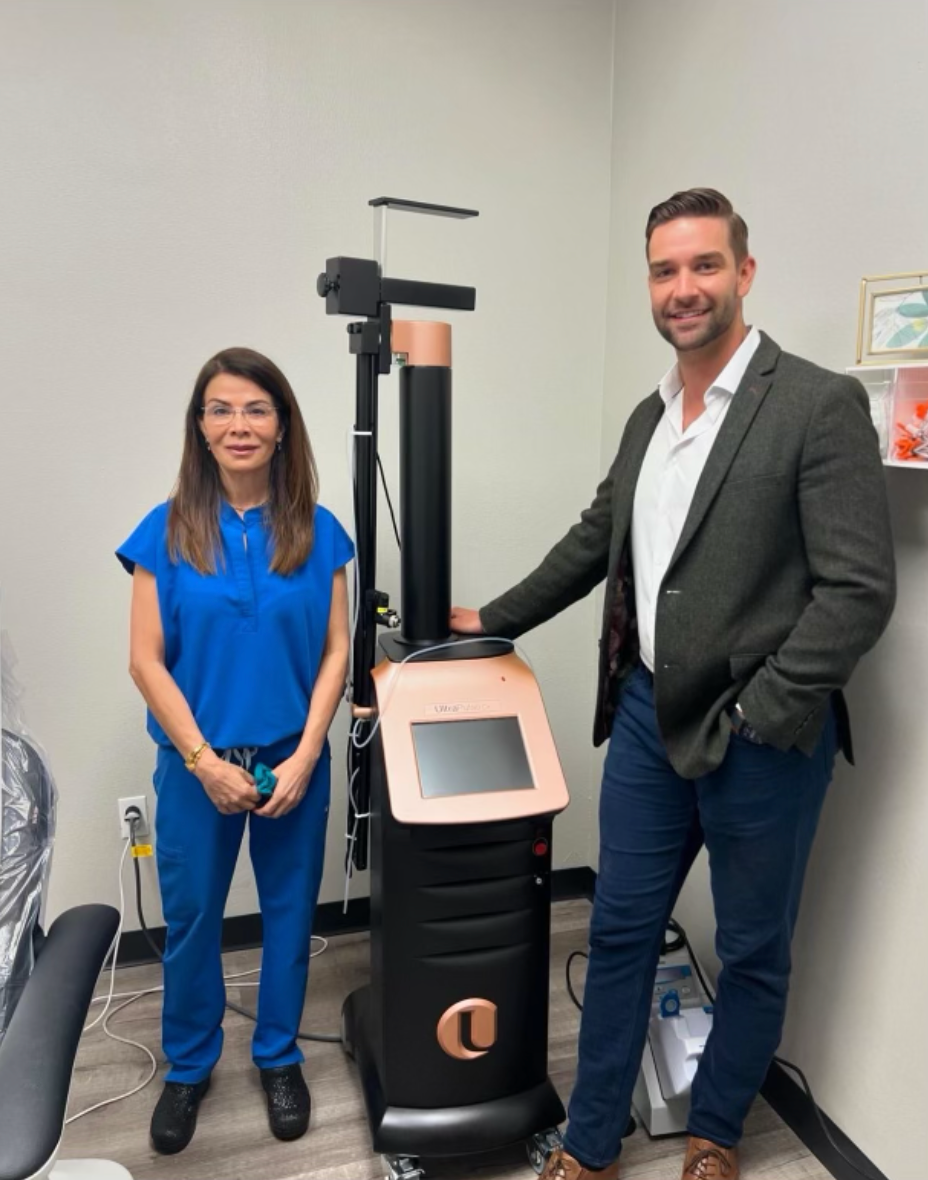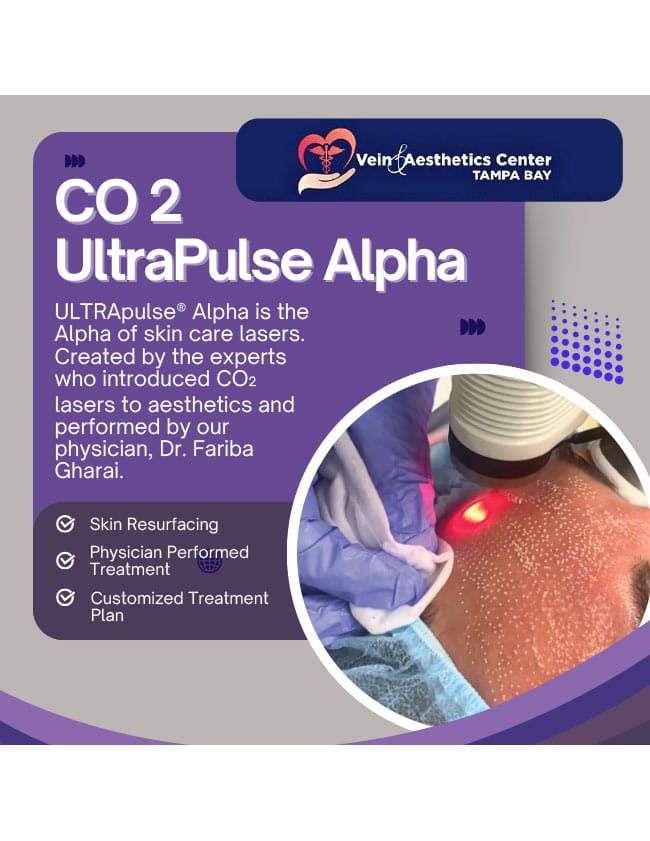Dark spots can make anyone feel self-conscious, but not all pigmentation problems are created equal. Two of the most common are hyperpigmentation and melasma—and while they might look similar, they aren’t the same thing.
What is Hyperpigmentation?
Hyperpigmentation is the umbrella term for any darker patch of skin caused by excess melanin production. It can show up as:
- Post-inflammatory hyperpigmentation (PIH): Spots that linger after acne, injury, or irritation.
- Sun damage: Think freckles, sunspots, or age spots.
- Hormonal changes or medications.
Basically, if your skin “overreacts” with pigment, it falls under this category.
What is Melasma?
Melasma is more specific. It’s often called “the mask of pregnancy” because it’s strongly linked to hormones and commonly appears during pregnancy or while taking birth control. Unlike other pigmentation, melasma usually shows up as symmetrical patches on the cheeks, forehead, or upper lip. It’s stubborn and can come and go depending on triggers like sun, heat, or stress.
Key Differences
- Cause: Hyperpigmentation can come from almost anything (sun, acne, trauma), while melasma is strongly tied to hormones.
- Appearance: Hyperpigmentation is random; melasma is usually patterned and symmetrical.
- Treatment: Both improve with sun protection and targeted skincare, but melasma is trickier and requires careful management.
What You Can Do
Daily sunscreen is your best friend here. Brightening serums, medical-grade skincare, and in-office treatments can also make a big difference. For melasma specifically, professional care is essential since the wrong treatment can sometimes make it worse.
The Takeaway
Not all dark spots are created equal. Knowing whether you’re dealing with hyperpigmentation or melasma is the first step in getting the right treatment and keeping your skin bright, healthy, and confident.
To schedule a complimentary consultation, please call our office at 813-533-1999.



